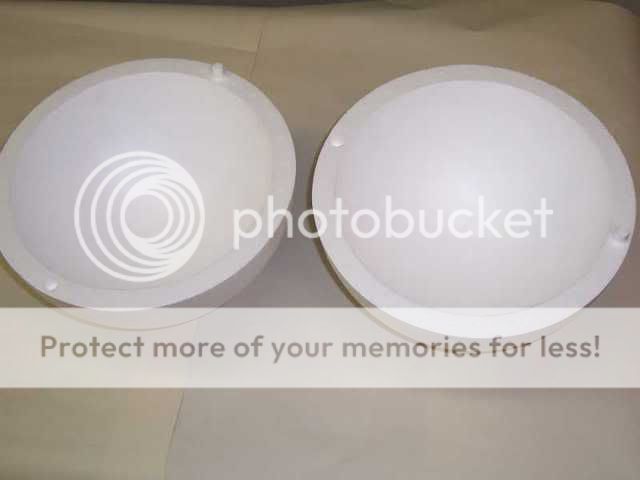I never tried styrofoam, but Ill get a piece and make some measurements. But in order to have some meaningful results, I would need to build a closed box of it. I take vacations this weekend, so until end of September I cant do it. I dont know if Saabluster have it right now.
I cant do absolute measurements with the equipment I have, but yes comparative measurements (how much loss happen on the styrofoam box, as it and then sanded, and the box with paint+BS). This way is easy to know if there is any spectral attenuation and have a decent idea of the lm loss, which is difficult to measure accurately: with the styrofoam, it is to expect to have a variation on the measurement depending of the angle of the light beam entering the sphere, so probably it varies depending on how you put the flashlight in the port and the own optic configuration (different values measured for same LED with different optics).
I think Saabluster was mostly concerned about the last issue, as it does difficult to compare measurements from different DIY integrating spheres, and not so much for the lm loss, as anyway you need to weight measurements for a coefficient. As far as the lm loss is always similar, it is not an excessive problem.
Ill make the comparison when I came back from holidays, but in the meanwhile, those that actually have a IS with styrofoam can check how many measured values vary when trying different angles and specially, when measuring same system (LED/battery/driver) on a different optic, specifically flood vs throw. That is the relevant thing to know, and seeing Saabluster's vid, surely you can check for yourself if a styrofoam IS is reliable, as it reflectance proved to vary a lot with angle. As the sanded styrofoam resulted in way lower difference, it could be good enough for using it, its just a matter of performing some tests to check if results are consistent and repeatable.
Anyway, applying a layer on paint and BS on the way Saabluster did is very easy and cheap while strongly enhance the lambertian reflectivity ideal in a IS. So why not using it?
I want to test too the paint I talked about, maybe it's yet a good candidate too, easier to get and apply. I mean easier because BS is not easy to source, and often, when you find it, purity is not stated. Purity of the BS is important, specially for the high reflectivity. Barite (or baritine) is a waste for some mining operations, and its 93-99% BS. So its very cheap (you pay mostly the transportation cost), but the impurities affect optical performance. While I got 1Kg (more than 2 pounds) for 1€, and 25Kg for 9€ (17 cent/pound) of barite, refined, optical grade BS is way more expensive and difficult to find. Anyway, impurities affect the reflectance, but little the lambertian behavior (the ability to diffuse light)


 Thank you for doing the testing.
Thank you for doing the testing.
